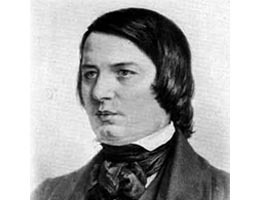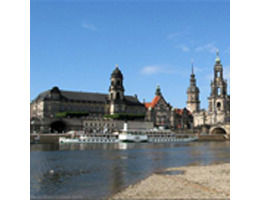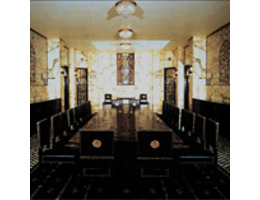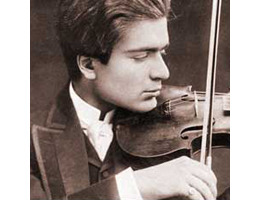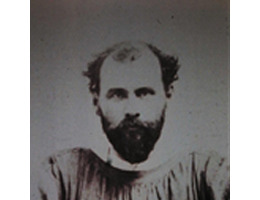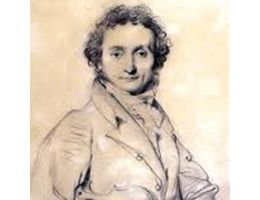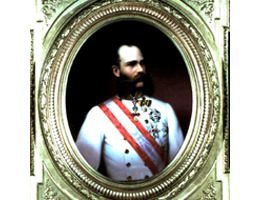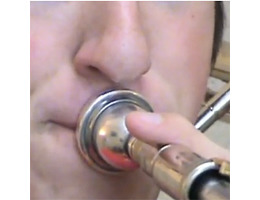Robert Schumann (1810 – 1856) is widely regarded as cornerstone to Germany’s romantic era. Not only was he an accomplished composer, he also inaugurated and published for Die Neue Zeitschrift für Musik (the New Journal for Music), one of the
In tune
Dresden, with its well-known Sächsische Staatskapelle, Kreuzchor and Semper Opera House, cannot only be considered one of the great ‘musical’ cities in Germany, but most importantly, its cultural and political milieu played a significant role in the musical and artistic
Fin-de Siècle Vienna’s ‘Second Generation’ Art and Music In his opus, ‘Der Mann ohne Eigenschaften’ (The Man without Qualities) the Austrian writer Robert Musil, considered by many the Marcel Proust of Fin-de-Siècle Vienna, stated that Austria’s intellectuals, artists and writers
The legendary violinist and peace activist Bronislaw Huberman was born in Poland December 19, 1882 of Jewish parents. His prodigious talent was manifest at a very early age and it soon became evident that he needed the best teacher in
Gustav Klimt started his career as architectural decorator just as the Ringstrasse program of monumental building entered its final phase – in fact, he had been hired to decorate the interior staircase of the Fine Arts Museum. He subsequently became
Niccolo Paganini Niccolo Paganini (1782 –1840) was an Italian virtuoso violinist and composer who loved playing tricks during his performances. To impress his audience, he would sometimes tune one of his strings a semitone higher, and at other times he
Brahms Fest und Gedenkspruche, Op. 109 Strauss II Die Fledermaus (excerpts) Schoenberg Verklarte Nacht (Transfigured Night), Op. 4 (version for string orchestra) Emperor Franz Josef I came to power after the revolution of 1848 – a time which saw the
Brass players are lucky to have some of the most gorgeous music written for them. One can’t help but think of Bruckner Symphonies, like the 9th Symphony with 8 horns, 4 of them doubling on Wagner Tubas, 3 trumpets and

